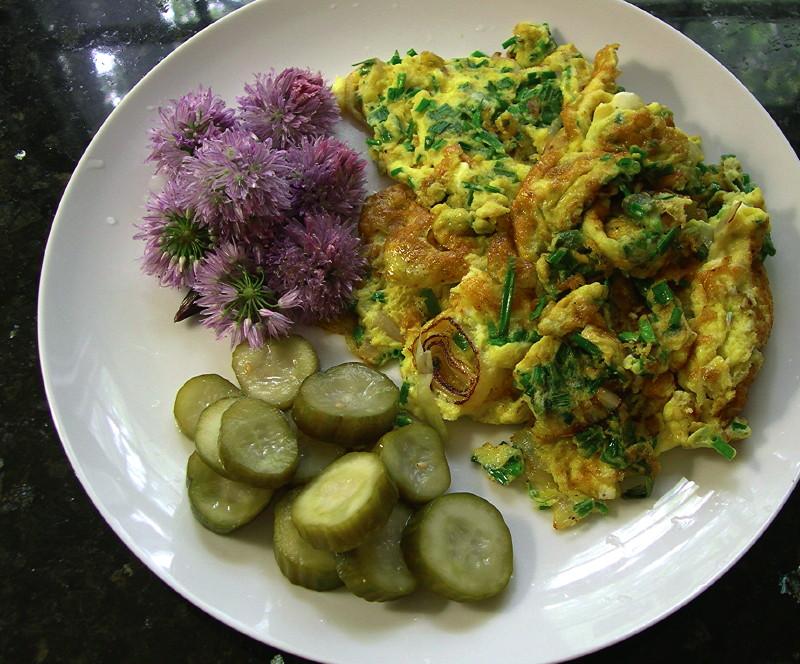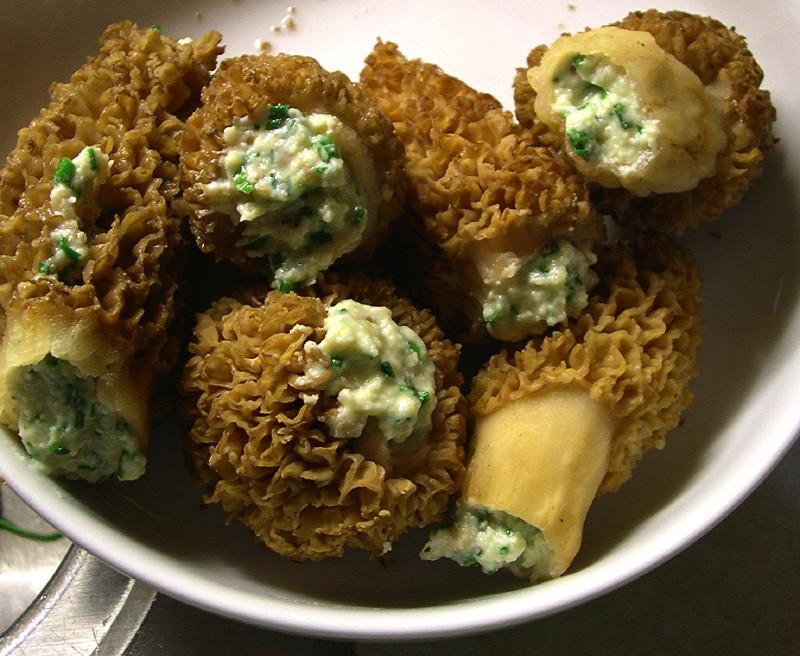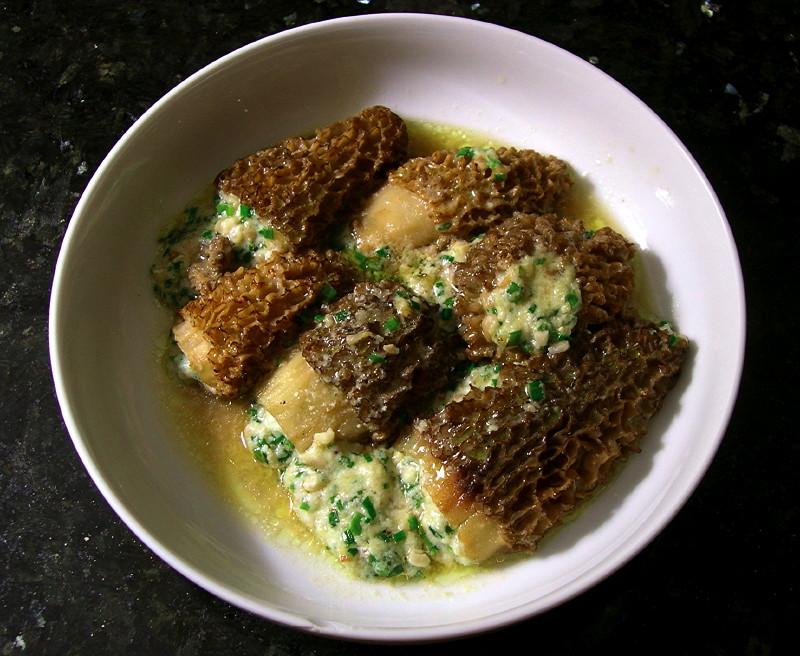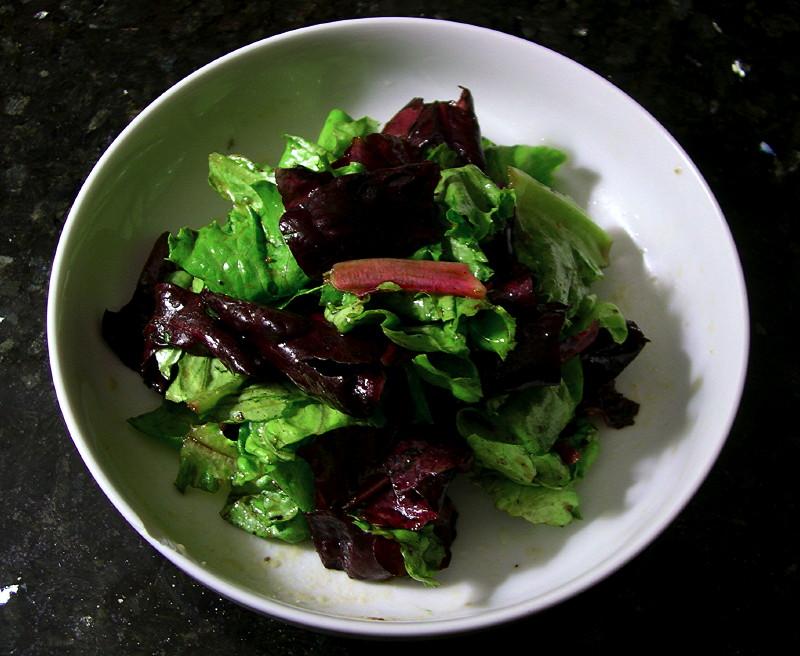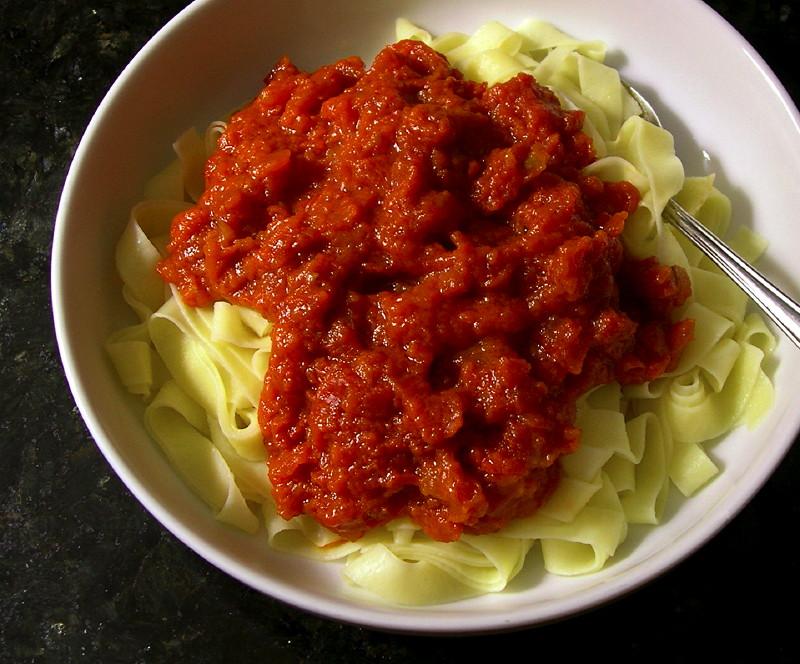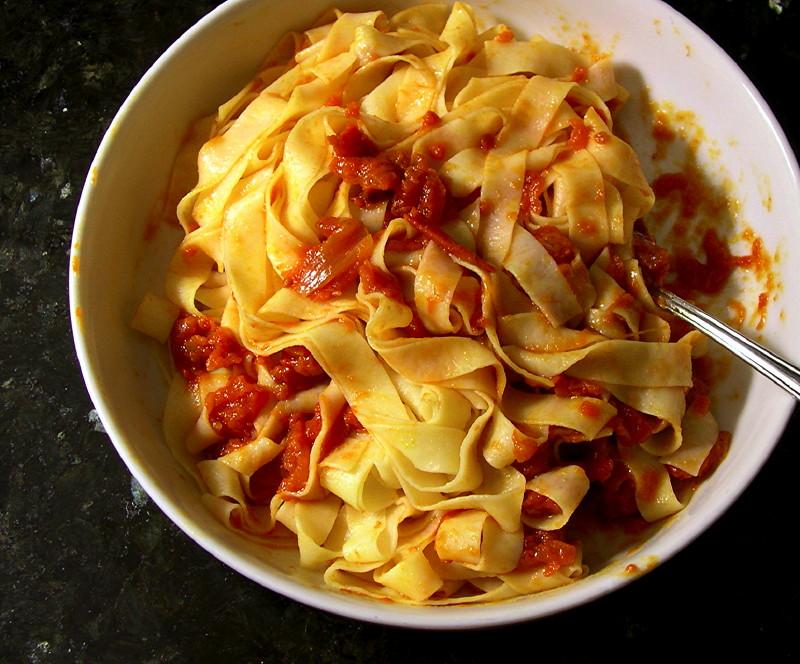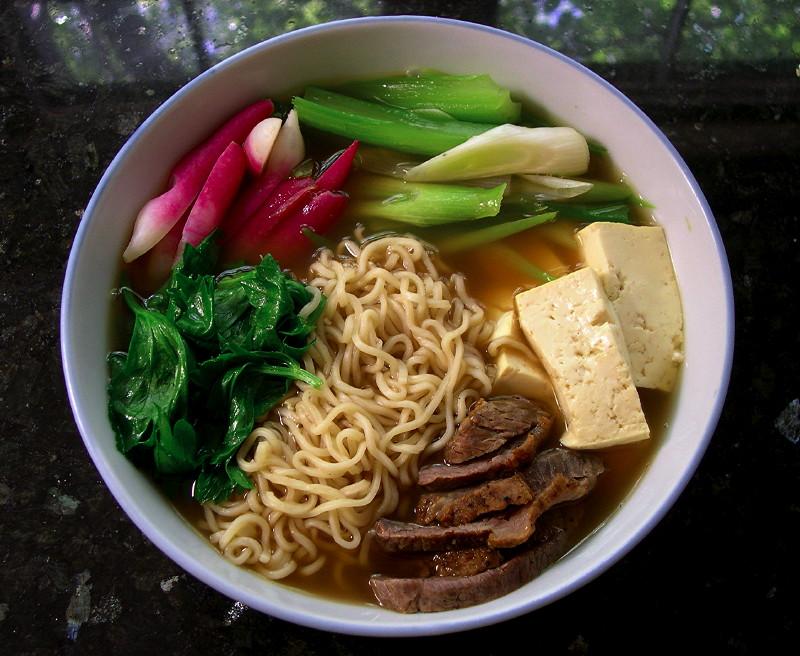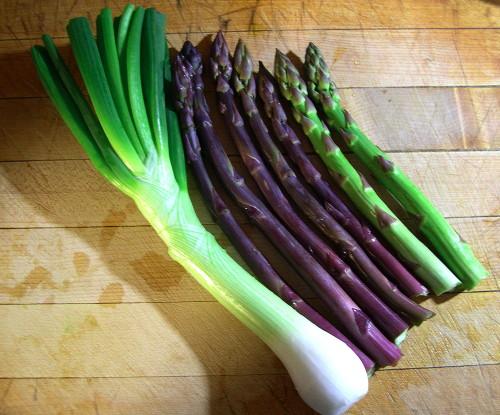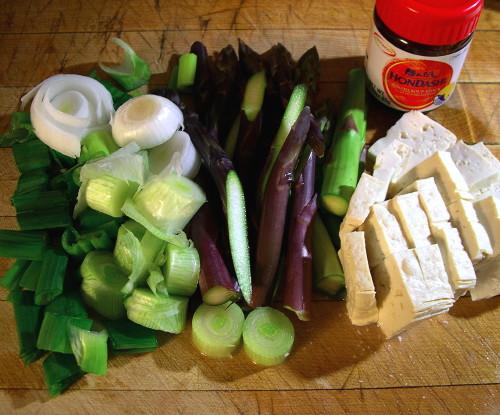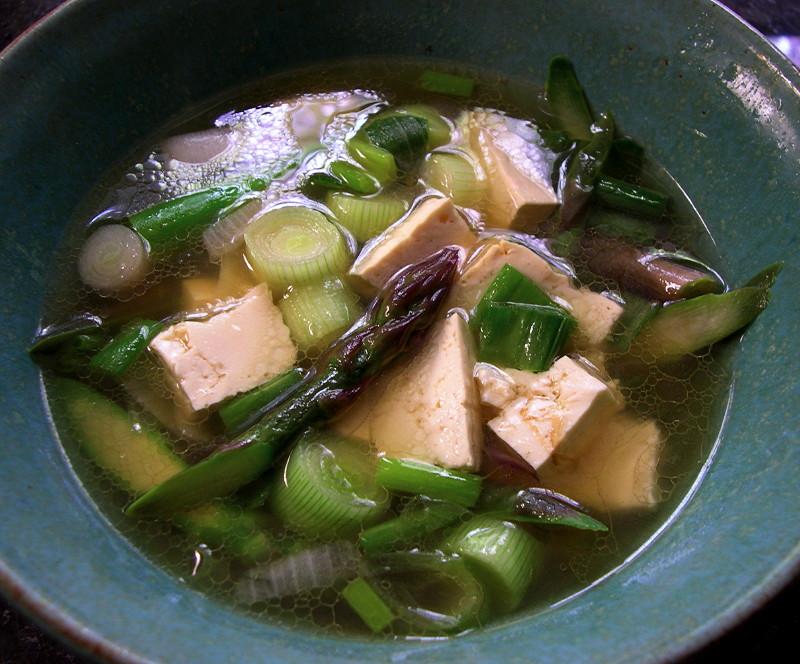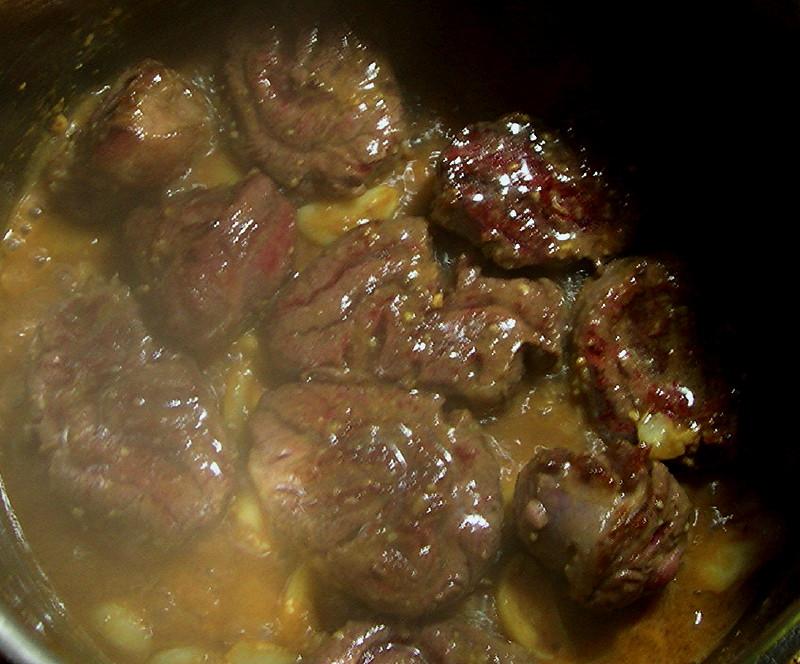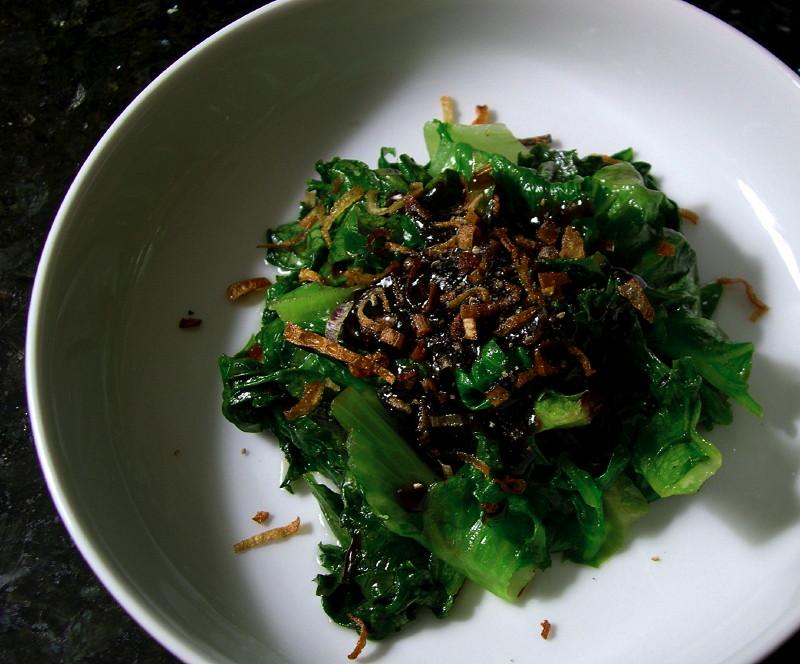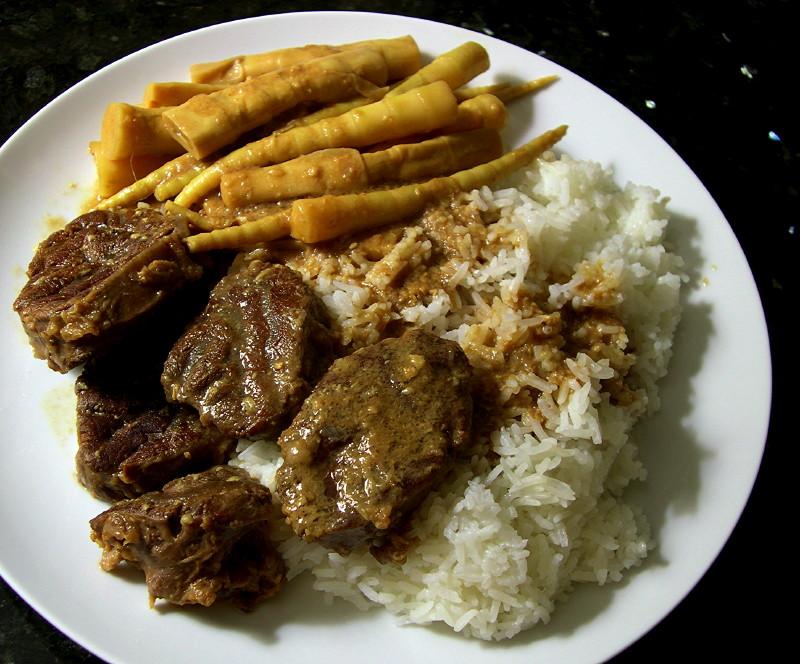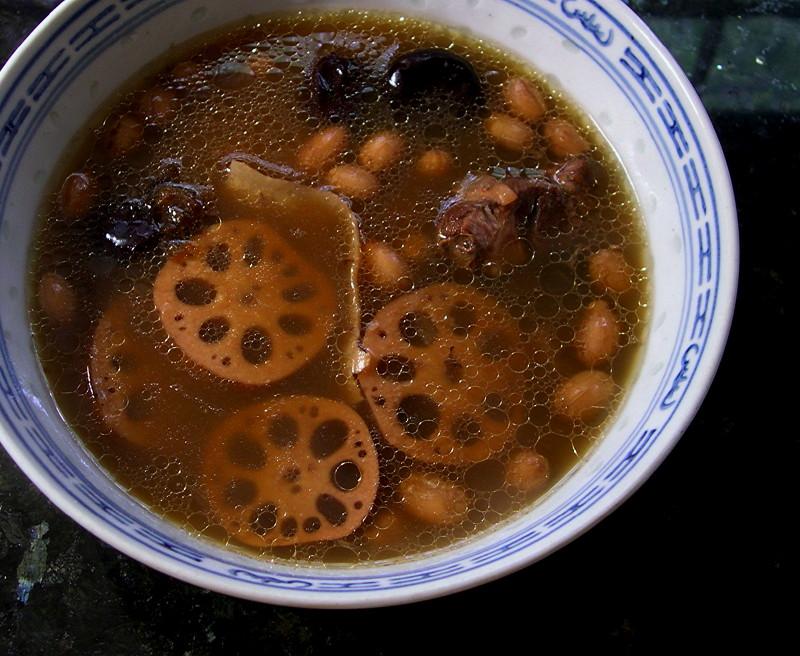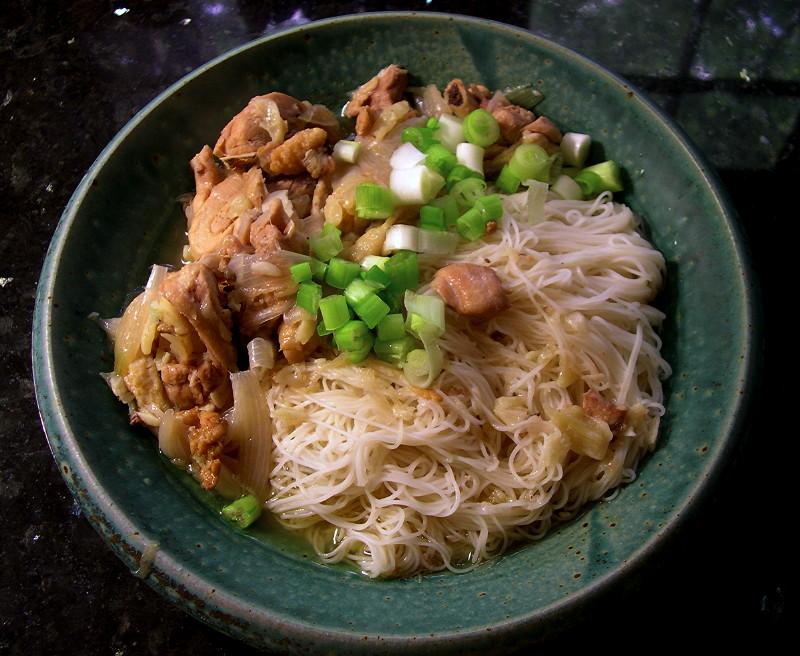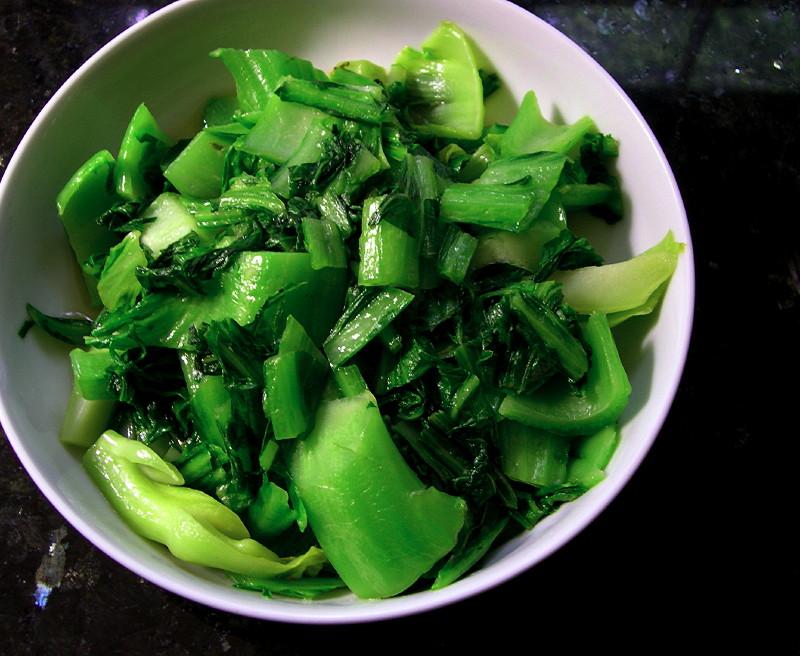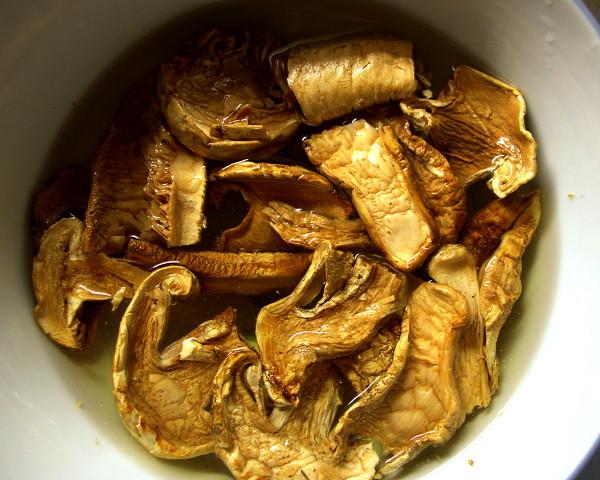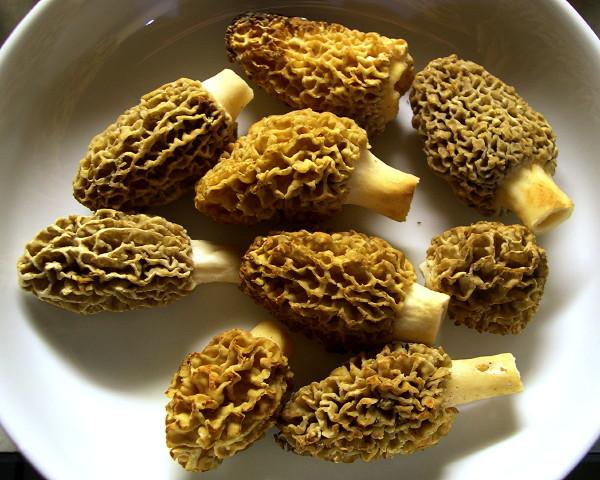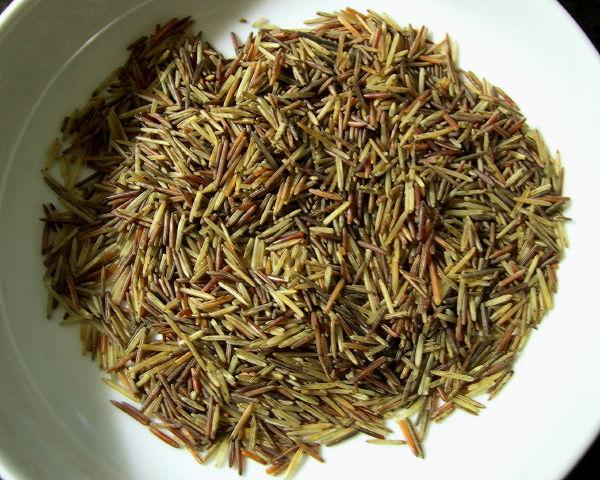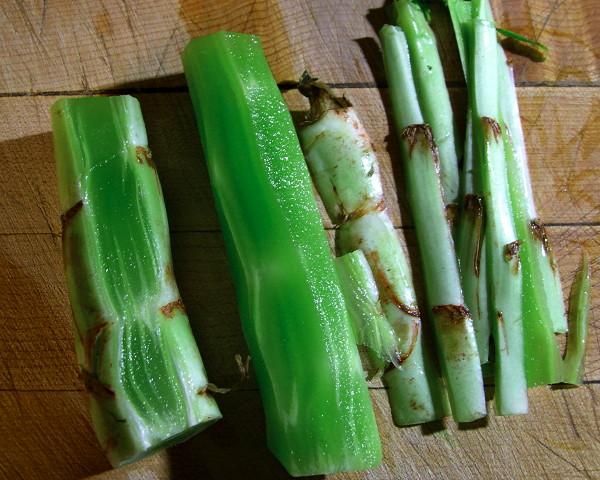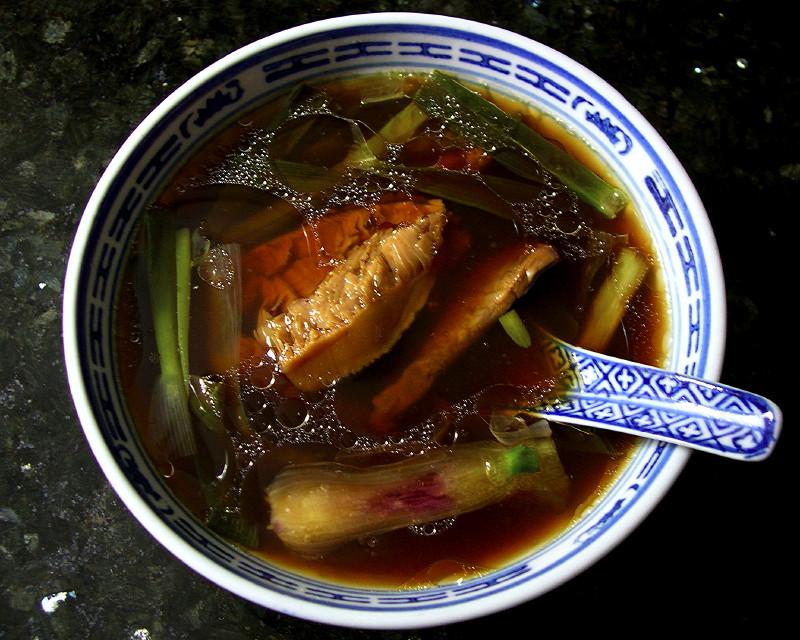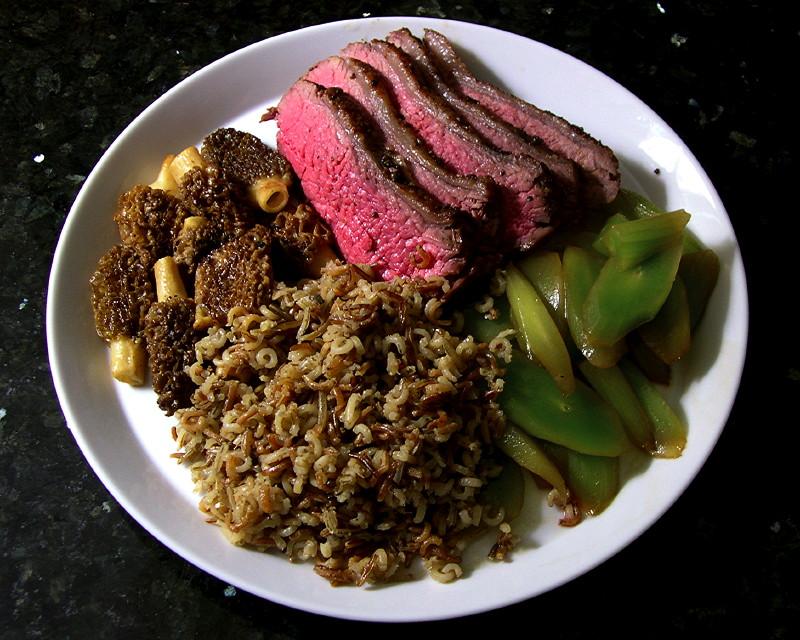-
Posts
3,810 -
Joined
-
Last visited
Content Type
Profiles
Forums
Store
Help Articles
Everything posted by huiray
-

How have your food habits changed over the years?
huiray replied to a topic in Food Traditions & Culture
Most interesting, everyone. Thanks so much for the responses, most appreciated. Liuzhou speaks of geographical variations over the years. That has also been true for me albeit to a lesser extent. When I was growing up in SE Asia my eating habits were, of course, influenced by what was around me - which was plenty!! - but in the SE Asian idiom by-and-large, with forays into European and, especially, British and British Colonial cuisines. Still, what I ate was driven in large part by what my parents and older members of the family decided on, and while I dabbled with helping my mother there was very little (if anything) I actually cooked myself. When I left for the UK my food choices were different, of course, and I explored and ate the cuisine of my new environment (and on trips to Continental Europe) although a lot of the cooking I began to do for myself was influenced a great deal by what I had grown up with and what I learned from my mother. And so it went and progressed further with the years and with my move to North America. On reflection I imagine my being in the US Mid West for the last decade+ would have had an incremental effect on what I eat and on my palate to at least some extent. Elsewhere here I have commented on how my salt tolerance, for example, has steadily gone up (as compared with when I lived on the US East Coast) and no doubt local preferences (including those cheeses) would have crept in... But in my increasing old age surely my palate/tastes also change - perhaps a little of what SylviaLovegren touches on also factors in. I also used to drink far more wine and enjoyed many fine wines when I could. As the years have gone by I find I drink much more hard liquor and much less wine. I still attend occasional elaborate wine dinners at some restaurants and enjoy savoring new (to me) wines I am exposed to (and subsequently buy) at these dinners and elsewhere. I can't say I've been influenced by new gadgets or cooking devices/equipment I buy. In the first place, I don't buy these things, really. :-) I am largely content with using pretty basic pots and pans. I leave Modernist cuisine things (and even SV) to others and professional places where I would go to sample such things when I am in the mood to do so and feel sufficiently spendy to do so. :-D Besides, I don't think I could reproduce at home what I got from a meal at - alas, no more, of course - Curtis Duffy's Avenues; or Grant Achatz's Alinea; or even Bryan Voltaggio's Table 21 at Volt, where he uses Molecular Gastronomic methods sparingly and with restraint. Similarly at other places not specifically named here where I have eaten. As for "...cabbage, cabbage or cabbage..." (via Liuzhou) -- HEH. Surely that cabbage stuffed with cabbage must have been at least tasty? ETA to fix typos etc. -
Heidi, I ate the flowers as-is. Quite pleasant in a vegetal way w/ a contrast in texture (chewy-crunchy) to the omelette. :-) Ditto w/ the pickles, for that matter, which were yielding-crunchy.
-
• Free-form nicely browned omelette w/ one shallot, sliced, and lots of chopped Western chives. Eaten w/ chive flowers & pickled Japanese cucumbers. • Fedelini [De Cecco] with leftover Hazan tomato sauce (from dinner) & Parmigiano Reggiano.
-

How have your food habits changed over the years?
huiray replied to a topic in Food Traditions & Culture
Moi? Mais non! -

How have your food habits changed over the years?
huiray replied to a topic in Food Traditions & Culture
No particular reason. They seem to have just gradually occurred. -

How have your food habits changed over the years?
huiray posted a topic in Food Traditions & Culture
I find that I have been eating more cheese than I used to, which is notable to me. My meat consumption has also steadily dropped - and, surprisingly, also my vegetable intake. i used to eat pounds upon pounds of leafy vegetables even just a few years ago, but that has slackened a bit. Still, I have many a meatless meal but it is the relative non-domination of leafy greens that I have noticed. My fish consumption, on the other hand, has gone up steadily - and that even in my current location in the Mid West. How about you? -
Stuffed morels. Washed, drained, dried (larger) morels; parts of the stems trimmed off. Stuffed w/ a mixture of ricotta cheese, shaved Parmigiano Reggiano, Alziari olive oil, some Himalayan salt, chopped pine nuts, generous chopped Western chives, chopped morel stems. Brushed w/ olive oil. Baked at ~375ºF till done. Salad of fresh butter, green leaf & red romaine lettuces. Tossed w/ Alziari olive oil, black pepper, salt, 10-year Modena balsamic vinegar. Marcella Hazan tomato sauce w/ Cipriani Tagliarelle. Made with Pomì chopped tomatoes. Butter, sliced shallots, bit of salt; shallot pieces removed after cooking.
-
Sapporo Ichiban Chicken-flavored instant ramen, with additional half-of-a yakisoba flavoring package; with firm tofu chunks, sliced negi, trimmed leafy celery, sliced salt-and-pepper sirloin top cap roast, halved French Breakfast radishes.
-
I've used week-old baguettes as a fancy bat of sorts before. :-) Pity they're also a bit more brittle than desired.
-
Asparagus, baby candy onion & firm tofu soup in dashi stock. Followed by white rice w/ leftover beef shins & bamboo shoots in a miso sauce. Stuff for the soup. Katsuobushi went into simmering water. Solids sieved out. Hondashi stock went in. Bit of oil. The tofu, chopped onion, then asparagus followed. ETA: Oh, plus some ryori-shu & hon-mirin. Soup.
-
Maybe if every restaurant (haha!!) provided this implement it might help... http://wmwp.home.pl/pub/hssc/foto-pictures/HSSC-MEPRA/Posate/MIchelangelo/Frenh%20sauce%20spoon.jpg Or maybe not...
-
Ramen bowls. Other noodle bowls (not ramen). Assuming you have access to either a microwave or a source of hot water (like those coffee machines in almost every office). You don't have to get the bottom-of-the-barrel types of ramen/whatever bowls, there are some very good ones (both Japanese and non-Japanese). Of course, if you have a deep-seated aversion to "instant food" then this is not for you. Can't you cook a bit more of whatever you had for dinner and take it with you to work and reheat it? There are any number of delicious stews and casseroles and similar dishes, which stand up very well to being reheated and in fact often improve with being left overnight. Or other drier things like baked chicken, fried chicken, whatever-you-had-for-dinner meat and veg including pasta that would be OK with reheating. There is, indeed, no requirement that lunches at work be wraps and sandwiches and such. :-) Of course, what your colleagues will stand in terms of odor will be a factor. It might be iffy to take leftover Bak Kut Teh (for example) to work and reheat it in the microwave, for example. :-D I also read threads about the no-nos of reheating fish (fried or otherwise) in office environments. ;-)
-
They appear identical in both content and music track, except that the video appears to have been reprocessed to cut off the bottom part of each frame (seen by comparing them at suitable moments and looking at the extent shown of the fingers of the person folding the dumplings) to eliminate the copyright/watermark in the video you linked to. The watermark contains the url for a foodblog.
-
Fair enough. I will correct my comments to "quietly changed". :-)
-
It might be common but it is very bad table manners, I don't care who does it!. This is not a predilection nor a hang up, it is simply knowledge of proper table manners. See one of the many links on table manners "Your knife should never enter you mouth or be licked" http://en.wikipedia.org/wiki/Table_manners I would also put forth that it is not common practice, but something done by a minority. Just because a TV personality or a "gourmand" does it, does not automatically make it right. BTW - it is also considered a dangerous practice. Uh, I didn't say it wasn't bad table manners. I merely said it was common. I gave examples of well-known chefs and others doing it to illustrate that the practice is not limited to, for example, folks who don't think much about food or any other folks one might consider uncaring about what they put into their mouths so long as it gets there. There have been many fights over "Table Manners". I used to get exercised over them too but nowadays I try to just look away and let it pass except when something really bugs me. Hence my comment about whatever personal hang-ups one has (and gave one example of mine). Obviously this knife thing bothers you, so be it. I myself don't think it is that dangerous - just be aware of what you are doing.
-
Dinner 2014-0517 • Beef shin, sliced into thick rounds, browned in garlic oil; braised w/ sautéed garlic (1½ heads’ worth; cloves separated, somewhat crushed, de-skinned; sautéed in oil till lightly browned, reserved; shin slices browned in this oil), mutenka shiro miso, aka miso, (reserved garlic cloves added back in), water, bamboo shoots** [1st World brand + Yu Yee brand], generous ryori-shu, hon-mirin. Simmered down, about 2 hrs+ in total. • Fresh green-leaf lettuce & butter lettuce; blanched in oiled water & dressed w/ oyster sauce [LKK], ground black pepper & deep-fried sliced shallots. • White rice (Thai Hom Mali). ** Simmered in salted water for about ½ hr, drained, sliced/trimmed, prior to adding into the beef shin mixture, in stages according to thickness/size.
-
...andddd I see that the title of the video on Youtube has been sneakily changed from "How to wrap a wonton" to "How to wrap a Jiao Zi" after the fact and without any notes on the change. :-)
-
Using the knife to put food into one's mouth is common. Tom Colicchio does this. So does Eric Ripert. Ditto Padma Lakshmi. Also any number of famous chefs and other gourmands including Wylie Dufresne. Whether this is an artificial "outrage" or not is, of course, dependent on one's milieu, hang-ups and predilections. (FWIW I can't stand Colicchio's way of "holding" his fork and/or knife; or the common way of holding cutlery like clubs in one's fist that is common in North America)
-
Broad Ripple Farmers' Market: Morels (including some BIG ones today), Western chives, chive flowers. Carmel Farmers' Market: Fresh lettuces - butter, green leaf, red romaine; baby candy onions w/ stout green parts on. There was lots of spinach available at both places, including one vendor with large entire plants (minus the roots)...but I didn't feel like getting some. In my case, fresh spinach often has been available even through winter till the present time, from growers who maintain crops through winter and spring. (Besides, I can also almost always get the "Chinese type" with large leaves and long stout stems from the Chinese grocery)
-
"Pickled Cabbage Flavor Instant Vermicelli" ["White Family"; 白家]. With chopped scallions, chopped green leaf lettuce, two poached eggs (done separately, in water used to cook min6 sin3), slices of leftover salt-and-pepper picanha. Slurp.
-
It seems these little guys will be (widely?) available this Fall in the US. http://www.thedailymeal.com/introducing-kalettes-kale-brussels-sprout-hybrid/42414 http://modernfarmer.com/2014/05/make-worlds-trendiest-vegetable/ I have to say they don't look *that* different from young/baby shoots of kale of different varieties I've seen offered on occasion in Farmers' Markets IIRC...but those would have the longer leaves of kale rather than the round ones here or the tight-packed tiny inner head (like sprouts).
-
I'm certainly not an expect on Taiwanese cuisine but this website (I've moved it to the English version option) may be a convenient starting point for you: http://taiwanfoodculture.net/mp.asp?mp=1502 p.s. the link given on their "about us" page (on the left-hand-side) for the Taiwan Government Information Office is a dead link. The active one is http://www.taiwan.gov.tw/ct.asp?xItem=25474&ctNode=1957&mp=999 from which one can get to the same taiwanfoodculture article with a suitable search but which has a slightly longer url: http://taiwanfoodculture.net/mp.asp?mp=1502#49387 The "Fujianese" you refer to (Taiwanese Hokkien, really) is a written language. The same ideograms are used by the various dialect groups (which began after unification of the script started some two millenia ago) although there are various exceptions (e.g. there are ideograms/characters used in Cantonese which are not used/absent from Standard Mandarin) and the use in modern times of the simplified script (e.g. in mainland China and "officially" in Singapore) versus the traditional script (e.g. in Taiwan, Hong Kong, and other places especially where the old Chinese diaspora ended up in). BTW I imagine you know that Taiwanese mandarin differs somewhat from Standard Mandarin... Yes, the Cantonese "choy" (菜) [Yale would be "choi3] for "vegetable" (or "food" or "cuisine" depending on context) is the same as Mandarin "tsai" (which is actually ts'ai in Wade-Giles) [pinyin would be "cài"] (p.s.2. You might actually be hearing Toisanese rather than standard Cantonese in those shops, depending on where you are)
-
To me, none of those dumplings shown in the video are wontons. They are more properly "dumplings" of the jiaozi type a.k.a. pot-stickers (if fried) a.k.a. "shui kow/gow" (水餃); Yale: seui2 gaau2) in Cantonese. For starters there is more filling used than is traditional for wontons, the wrapper used is the thick round type normally used for, yes, "shui gow" and "jiaozi", and the filling looks like the sort of mixture more associated with "shui gow'jiaozi". Here's one useful discussion. Here's the Google translation of the Chinese wiki article on "餛飩". I note the "author" of the Youtube video is Vietnamese and it seems to me that his/her video is not quite properly titled. "Wontons" in my understanding tend to be more associated with the southern parts of China. Even the name "wonton" is transliterated from Cantonese. Cantonese-style wontons would usually be designated as "雲吞", which means "cloud swallow" and which is pronounced exactly the same (Yale: wan4 tan1) as "餛飩". The wiki article on wonton isn't a bad one. In Hong Kong and other Cantonese-dominant areas the most valued wontons would be ones with prawns only, or at least with prawns as the dominant part of the filling.
-
Early dinner. • Lotus root soup. Short-cut pork spare ribs sautéed with garlic, salt, water, "Yook Chook" (玉竹; Yale: yuk6 juk1; Polygonatum odoratum (Mill.) Druce), "Chan Pei" (陳皮; Yale: chan4 pei4; dried tangerine peel), dried longan flesh, dried Chinese jujubes (two varieties - lam jou plus ones from Shandong), dried cuttlefish (two small + one medium sized ones), sliced lotus root, raw peanuts. • Garlicky chicken. Chicken leg quarters, cut up; sautéed w/ two-heads'-worth of garlic cloves (lightly crushed) and halved shallots; w/ corn oil. Water added plus splashes of rice vinegar, hon-mirin + jozo mirin; seasoning adjusted, simmered down. Eaten w/ Fuzhou-type fine wheat noodles (min6 sin3, a.k.a. mee sua; I used this one (Taiwanese brand)). • Stir-fried large mustard green ("kai choy"; 芥菜).
-
After my last really simple dinner I thought it was time for something a little more... Dinner 2014-0514 • Matsutake broth (from dried sliced Matsutake [Earthy Delights]** simmered in water (not stock) w/ Himalayan salt), a little oil & red-bulbed spring onions [bRFM]. Nothing else was added. • Picanha slices (dressed w/ Kosher salt & ground black pepper; pan-seared, finished in the oven). • Fresh morels sautéed in sautéed in Alziari olive oil. • Wild rice [Bineshii], simmered in water (pasta-style) w/ some salt; drained, tossed w/ the pan residues from sautéeing the morels. • Peeled & sliced lettuce stems (celtuce) sautéed w/ corn oil and some salt; then drizzled w/ a bit of 10-year-old Modena balsamic vinegar & a small splash of hon-mirin [Takara]. • Dessert: Sweetheart cake [K.W. Inc, NY, NY] Matsutake pieces (some purposely broken further in half) soaking in water before simmering. Morels after rinsing. Uncooked wild rice. Lettuce stems being trimmed & "peeled" (skin sliced off). Matsutake & spring onion broth. The other stuff, plated. ** Earthy Delights also offer dried porcini from either US, European, or Asian/Chinese sources. AA and A grades are available.


